Review: The Witcher – Season 4
Liam Hemsworth is Geralt of Rivia and faces his toughest monster yet: the fandom
The time has come to return to the Continent once again. The penultimate season of Netflix’s hit series The Witcher has arrived, bringing with it a few changes to what we’ve grown used to across the three excellent seasons so far. Some are improvements to what was already great—especially for fantasy fans like yours truly.
And yes, there’s that one giant kikimora in the room. If you’ve been following the series, you’ll know exactly what I mean. If not, why start with season four? Go back to the beginning. It’s a great show.
As this is the fourth season, a recap is in order. But before we do, there are spoilers ahead for the first three seasons. Again, if you haven’t watched them, go do so. This article will be here when you return.
The first season of The Witcher was released on Netflix in 2019. Based on the hit novel series by Polish author Andrzej Sapkowski, it tells the story of the monster hunter for hire Geralt of Rivia (then played by Henry Cavill) and the Slavic-inspired fantasy world of the Continent. Feared and reviled by common folk, witchers roam the land slaying monsters that terrorize humanity—while gradually, some might say, becoming monsters themselves.
The first season is told in three non-linear storylines over multiple time periods, which naturally caused some confusion among audiences. The season begins with one pivotal event: the sacking of the kingdom of Cintra by the brutal forces of Nilfgaard, where Princess Cirilla (played by Freya Allan) escapes into the wild.
The story also tracks Geralt, some 30 years earlier, making a living as a witcher along with the bard Jaskier (played by Joey Batey), not yet aware that Destiny is already stalking him. We also learn the history of Geralt’s love-to-be, the sorceress Yennefer (played by Anya Chalotra), who begins as a hunchbacked outcast with magical potential and is taken to the academy of Aretuza, some 90 years before the sacking of Cintra.
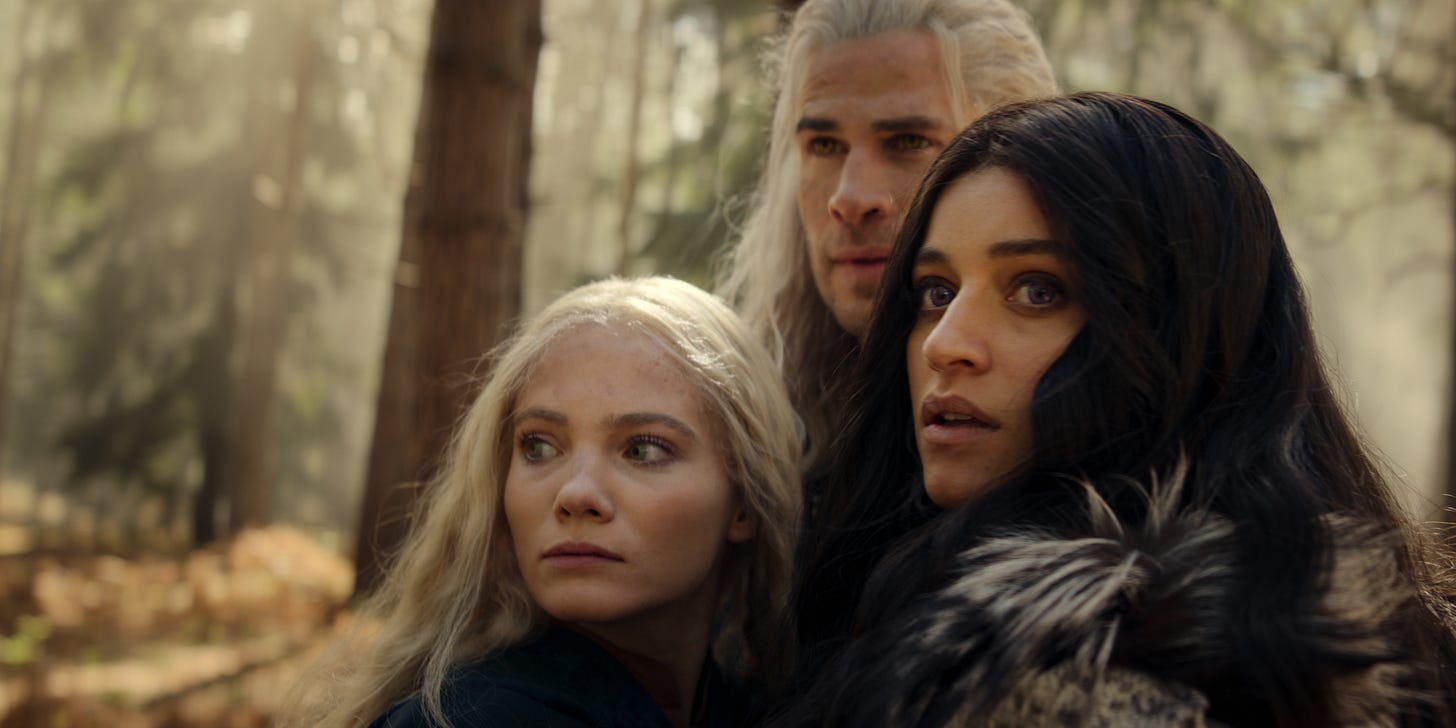
These storylines orbit each other throughout the first season, circling closer over time until they finally converge at its end, setting the stage for the second season. Here, the plot centers on Geralt, Ciri, and Yennefer as they come to grips with what Ciri actually is, and the otherworldly evil entity Voleth Meir the Deathless Mother—a hag inspired by the Slavic myth of Baba Yaga—who tries to possess Ciri to get back home to her own realm.
The world of the Continent also opens further as we witness the struggles of the kingdoms and the plight of the elves. This season also introduces many new faces, some who become parts of the greater narrative—such as the queen of the elves, Francesca Findabair (played by Mecia Simson)—and others for single episodes, such as the fan-favorite from the novels, the half-man, half-beast Nivellen (played by Kristofer Hivju).
The season concludes in an epic showdown as Geralt, Yennefer, Jaskier, and the other witchers fight against Voleth Meir the Deathless Mother, now possessing Ciri.
With the Deathless Mother banished back to the world she came from, we move to season three, where Ciri’s Destiny and how it came to be are revealed. The forces of Nilfgaard are always searching for her, as the Nilfgaardian emperor—and Ciri’s long-lost father—Emhyr var Emreis (played by Bart Edwards), the White Flame, wants his daughter and, more importantly, her Destiny and the powers that come with it, by his side.
Aiding him is the powerful warrior-sorcerer Vilgefortz (played by Mahesh Jadu), who betrayed the mages of Aretuza for his own gain. His brutal experiments in search of Ciri led to the fall of the magical academy, the deaths of most of the mages, leaving Geralt severely wounded at the hands of Vilgefortz and Ciri missing.
But before we continue, let’s finally address that giant kikimora in the room. I’m referring, of course, to the recasting of Geralt of Rivia. For various reasons that I’ve long since lost track of—most of them based on rumours or deliberate falsehoods—Henry Cavill left the series after finishing the third season.
The sense of impending doom in the fandom was palpable, and after a suitable period of panic, lamentation, and online gnashing of teeth, Netflix announced that Liam Hemsworth would be taking up the silver sword and black armor—which, naturally, only resulted in even more panic and teeth-gnashing.
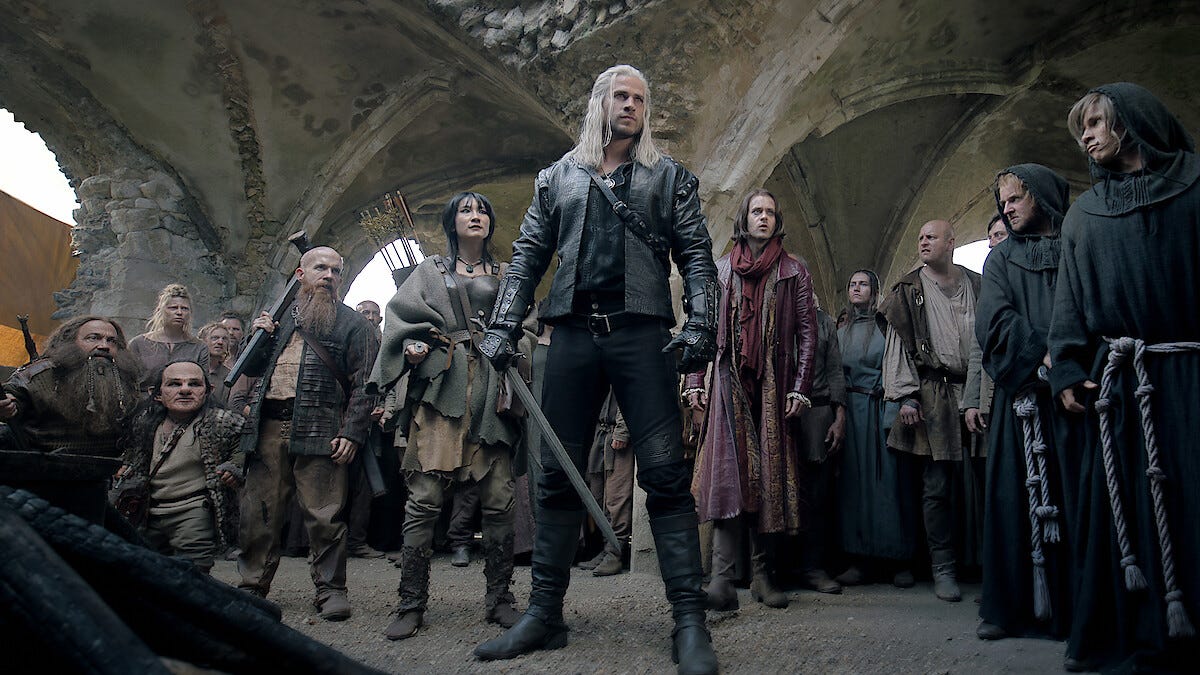
I don’t think anyone, not even Liam Hemsworth himself, would deny that what would have been best for The Witcher series was if Henry Cavill continued his role as Geralt of Rivia. At the same time, with online fandom being what it is, Hemsworth’s entry into the role wasn’t exactly cast in a positive light by the fans, who, not exactly known for calm and collected discourse, wasted no time in finding every opportunity to write scathing posts online, prompting Liam Hemsworth to leave social media.
Now where have I heard that story before?
Still, many voices also supported Liam Hemsworth taking on the role, and from within the production, the showrunner and co-stars have praised his preparedness and for bringing new depth, humor, and humanity to the role. I agree with them.
As a fan of both the novels and Netflix’s adaptation (I have not played the games), I think Henry Cavill absolutely perfected the role of Geralt, and I was heartbroken when the news came that he had left after the third season. I would have wanted Cavill to continue, but since he won’t, we’re lucky to have Liam Hemsworth step in. He does an amazing job with Cavill’s legacy, respecting what Cavill did, while at the same time bringing something fresh.
The opening of the fourth season is a great study in damage control and how to smoothly bring in such an important recast. We are introduced to an old storyteller, a century or more after the events of the series, reading tales of high adventure and romance to a group of gathered children. This collection of tall tales is taken from his treasured possession: the collected works of Jaskier the Bard, chronicling the exploits and adventures of Geralt of Rivia.
Through his tales—some exaggerated as only Jaskier would write them—we see flashbacks to important scenes from the earlier seasons, from Geralt’s fight with the kikimora at the very beginning of season one to his fated meeting with Ciri. The scene works as both a great recap and a clever way to place Liam Hemsworth into the series.
Season four sees the allies again on their separate paths. Geralt, along with Jaskier and the traumatized archer Milva (played by Meng’er Zhang), now recovering from his defeat at the hands of Vilgefortz, is heading south to Nilfgaard to confront Emhyr, who he believes has captured Ciri. Meanwhile, Yennefer is gathering the mages still alive after the sacking of Aretuza, with the goal of hunting down Vilgefortz. And unknown to both Geralt and Yennefer, Ciri has, under a false name, taken up with a band of outlaws calling themselves The Rats.
The story in this season feels a little tighter and better paced than the previous season. The goals, especially Geralt’s, are clearer, and his story is paced in the more traditional ‘party on adventure’ kind of way, which helps the story immensely.
There are new faces too, and while the recasting of Geralt has taken just about all of the attention for this season, there is another important recast: Geralt’s mentor Vesemir. The role was memorably played in season two by Danish actor Kim Bodnia, but due to scheduling conflicts, his character was recast by Scottish veteran actor Peter Mullan, known for roles such as King Durin III in The Rings of Power and Jacob Snell in Ozark.
Another new face this season is Laurence Fishburne as the eccentric and regal vampire apothecary Regis. Fishburne’s portrayal of Regis in this season was one of the highlights for me. The only physical description of Regis from the novels details his black eyes and greying hair. Crucially, the books never specify the color of Regis’s skin. But that didn’t stop the comments and loud online shouting of “woke,” as the character in the games is portrayed as Caucasian.
Yet another new and notable character, and one of the villains of this season, is the grizzled and brutal bounty hunter Leo Bonhard, here played by the excellent Sharlto Copley, who hunts Ciri and her friends in the band of outlaws she has joined.
What fans will enjoy, however, is how the action scenes have been thoroughly revamped. The fights and battles, be it with blades or spells, were already excellent in the three seasons that came before, but now there’s a new intensity. Whether it’s a higher budget or Liam Hemsworth’s eagerness to prove himself and fill the massive shoes left by Henry Cavill, the result is action that is much more kinetic and dynamic.
There are some scenes here that had me pick my jaw up from the floor, figuratively speaking, of course, but quite literally for some of the foes unlucky enough to cross swords with Geralt or Ciri. One whole episode is dedicated to a magical battle that would simultaneously please Harry Potter fans while sending that franchise packing in terms of sheer spectacle.
At the other end of the coin, this season goes deep into the human side of not only Geralt, but also his traveling companions. There is an excellent episode where these themes are explored in a highly unusual and playful way, demonstrating one of the most original—and arguably brave!—ways the show is evolving, even without Henry Cavill as Geralt of Rivia. This commitment to character depth, combined with the tightened plot and explosive action, gives Season 4 a powerful sense of renewed direction.
So, to round this off, if you’re a fan of The Witcher like I am, I’m sure you agree that we would have loved to see Henry Cavill continue in his role. But I’m happy to report that Liam Hemsworth does the best with what he has been given, and at least from what I have seen, as a fan of the previous seasons and of the novels, this is more than enough to convince me that the future of The Witcher is secure.


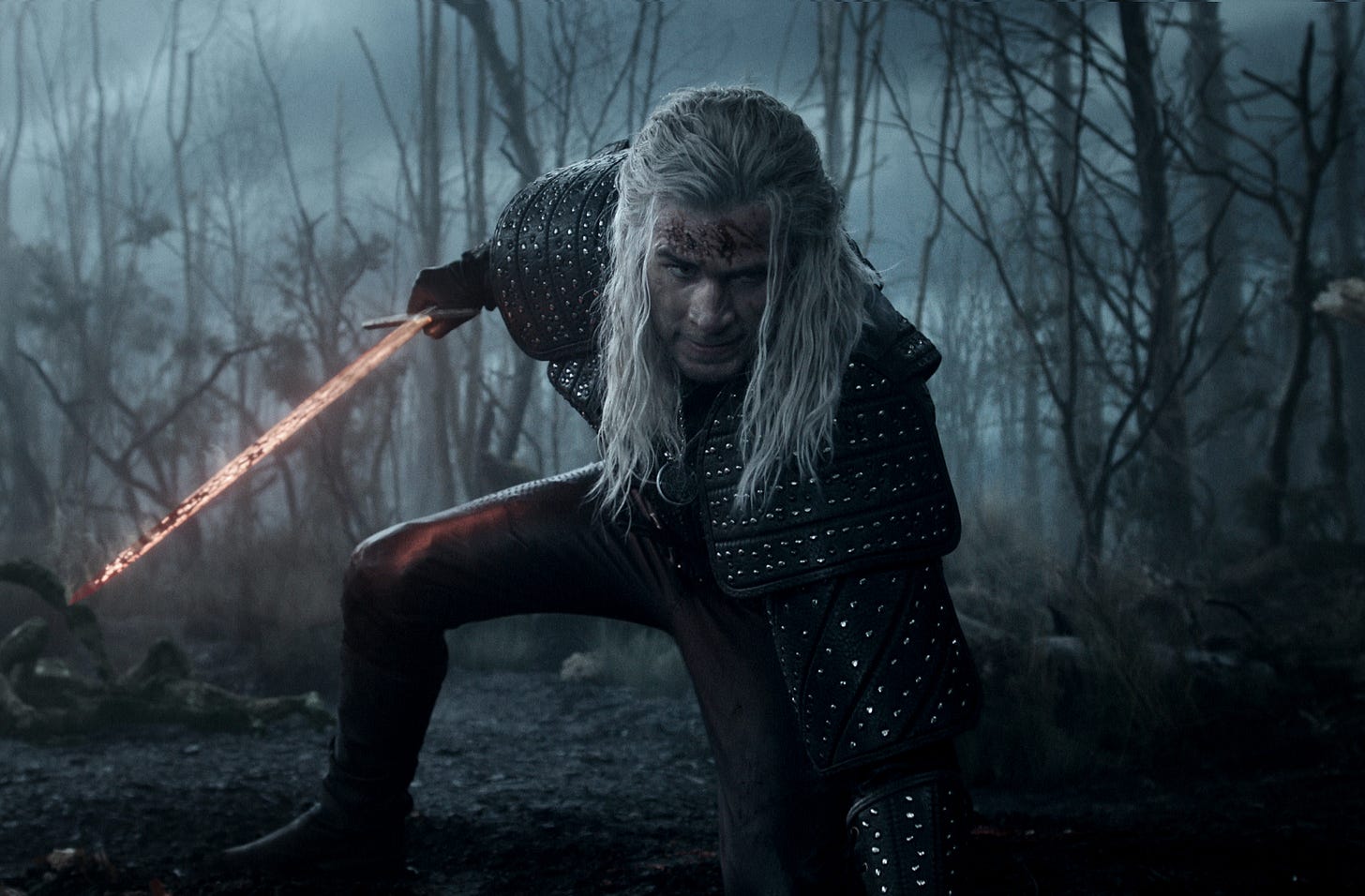
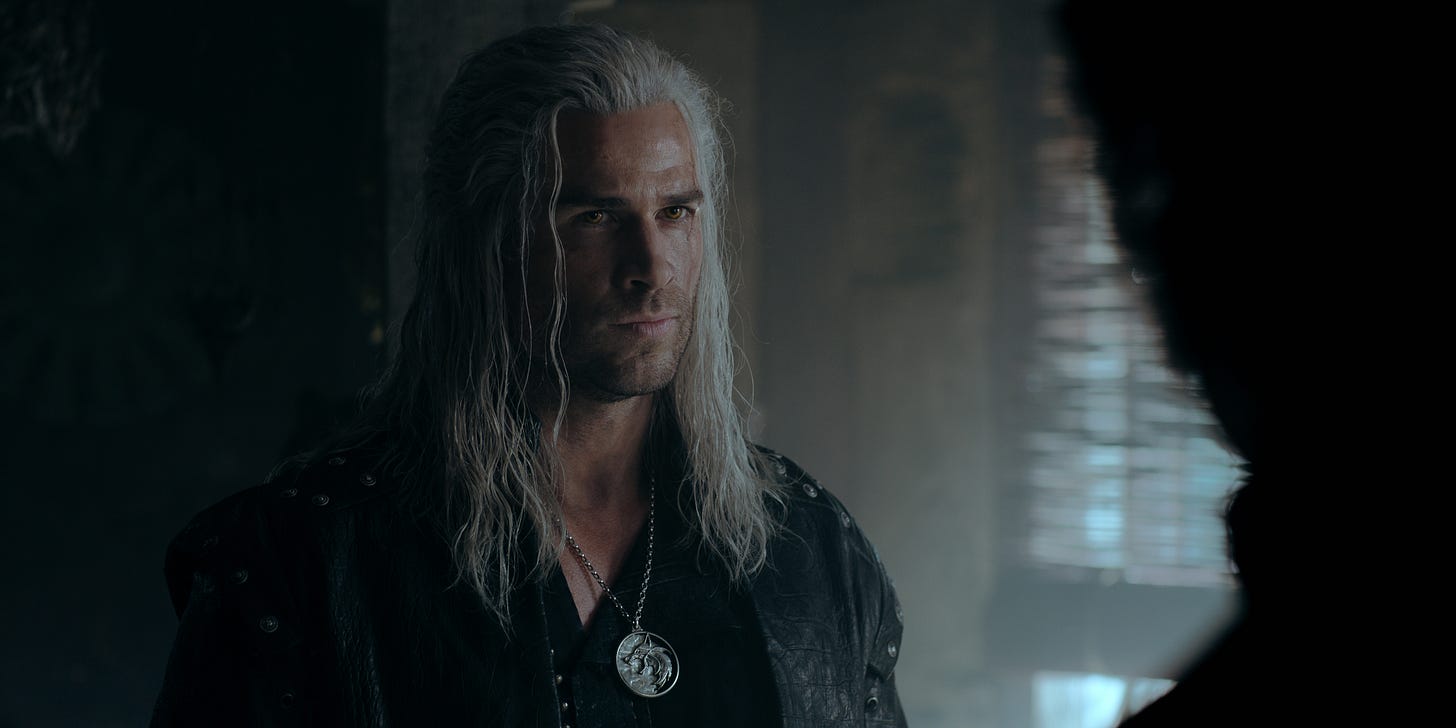
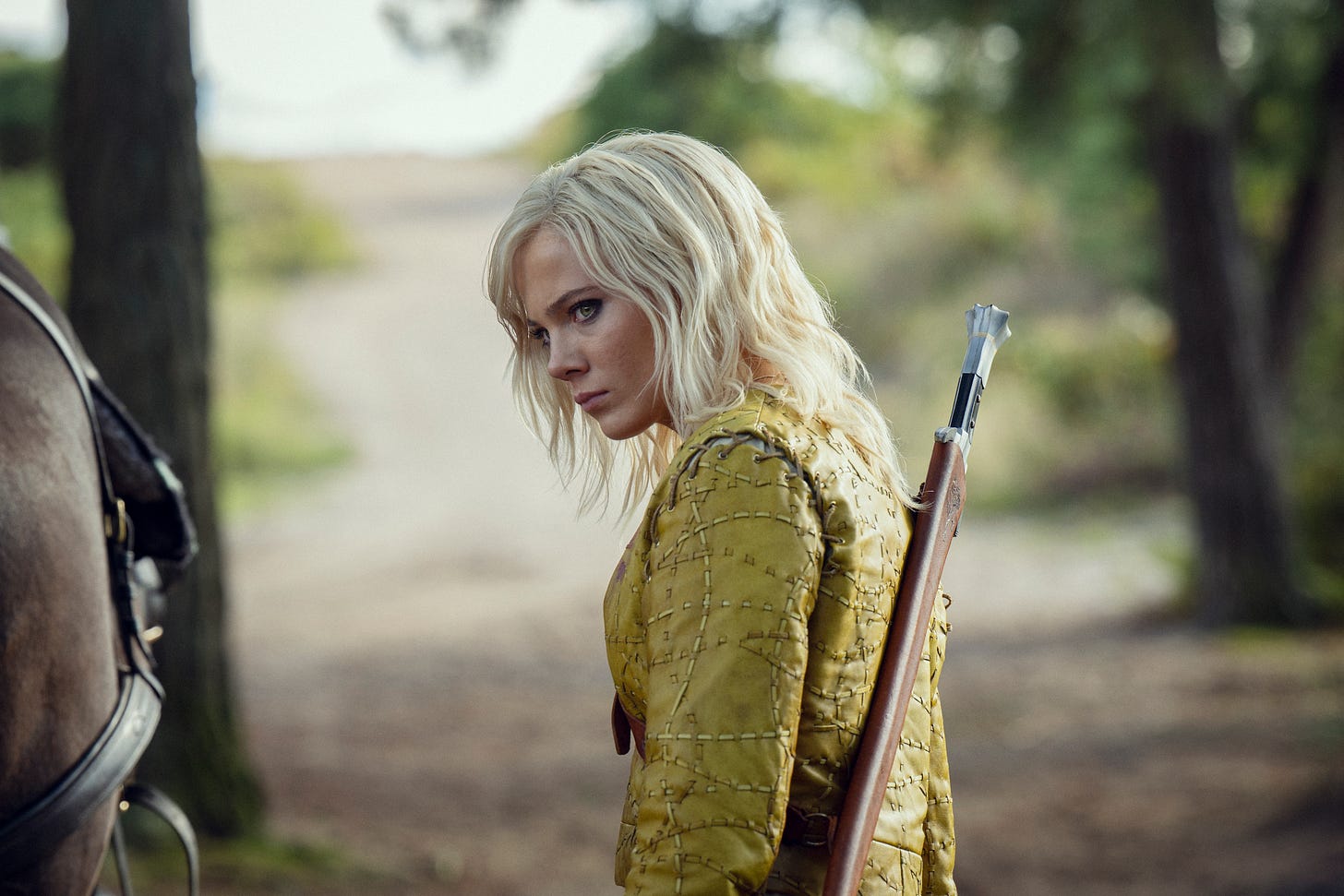
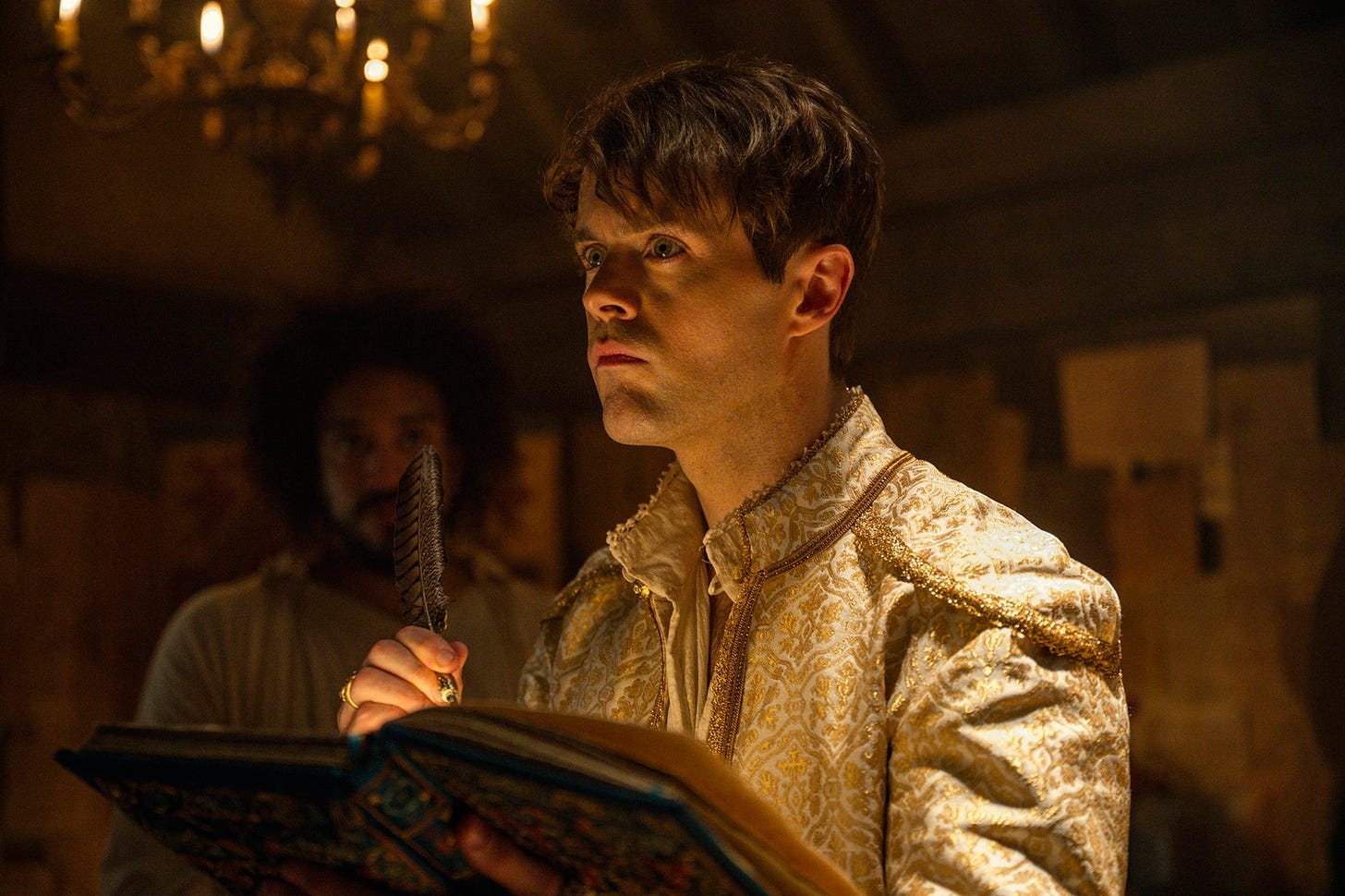
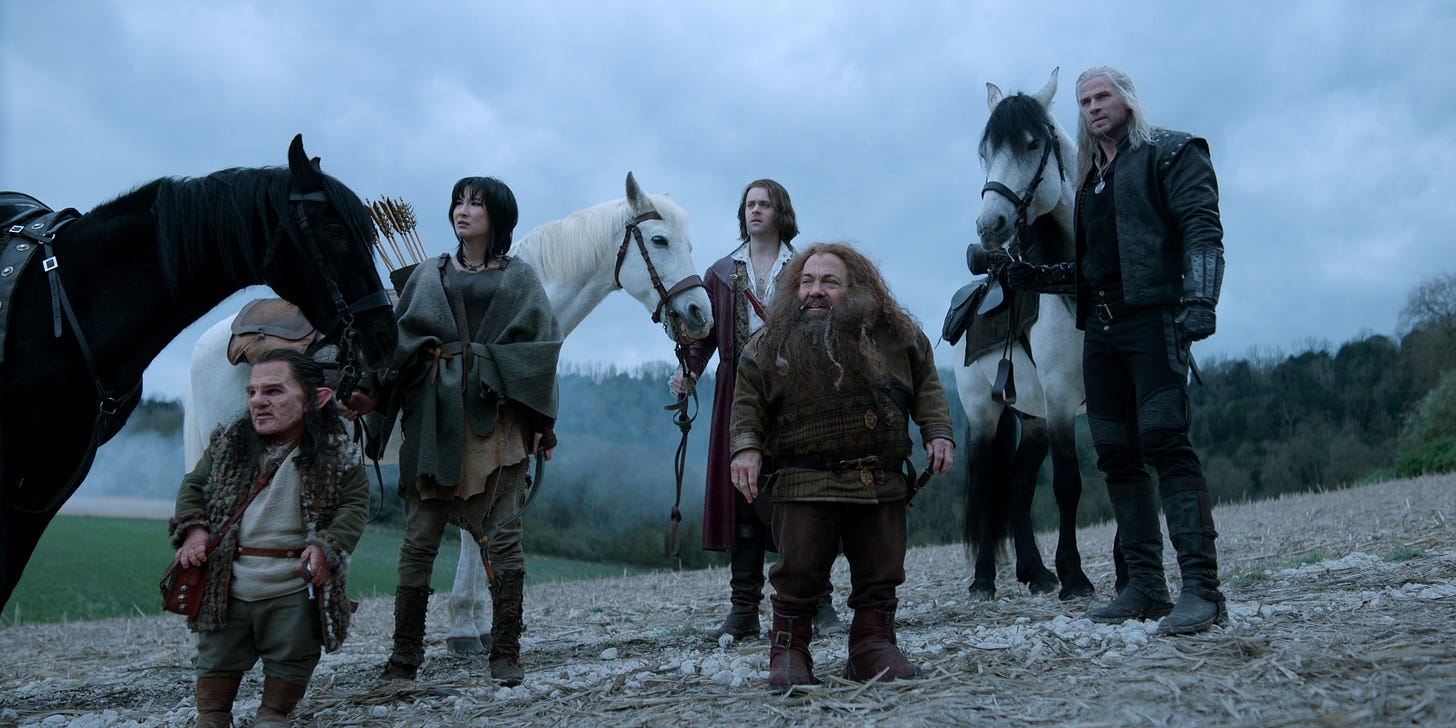
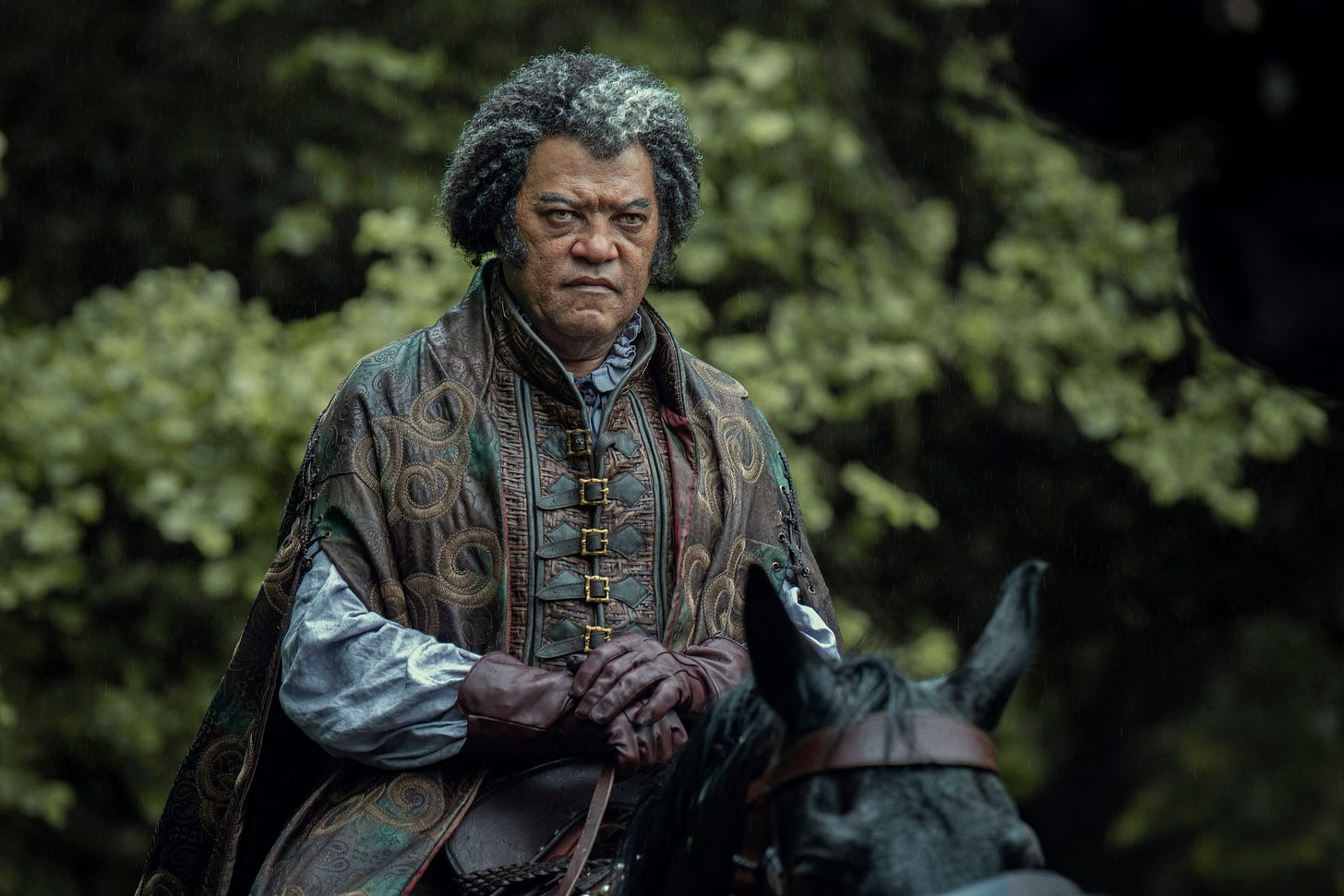
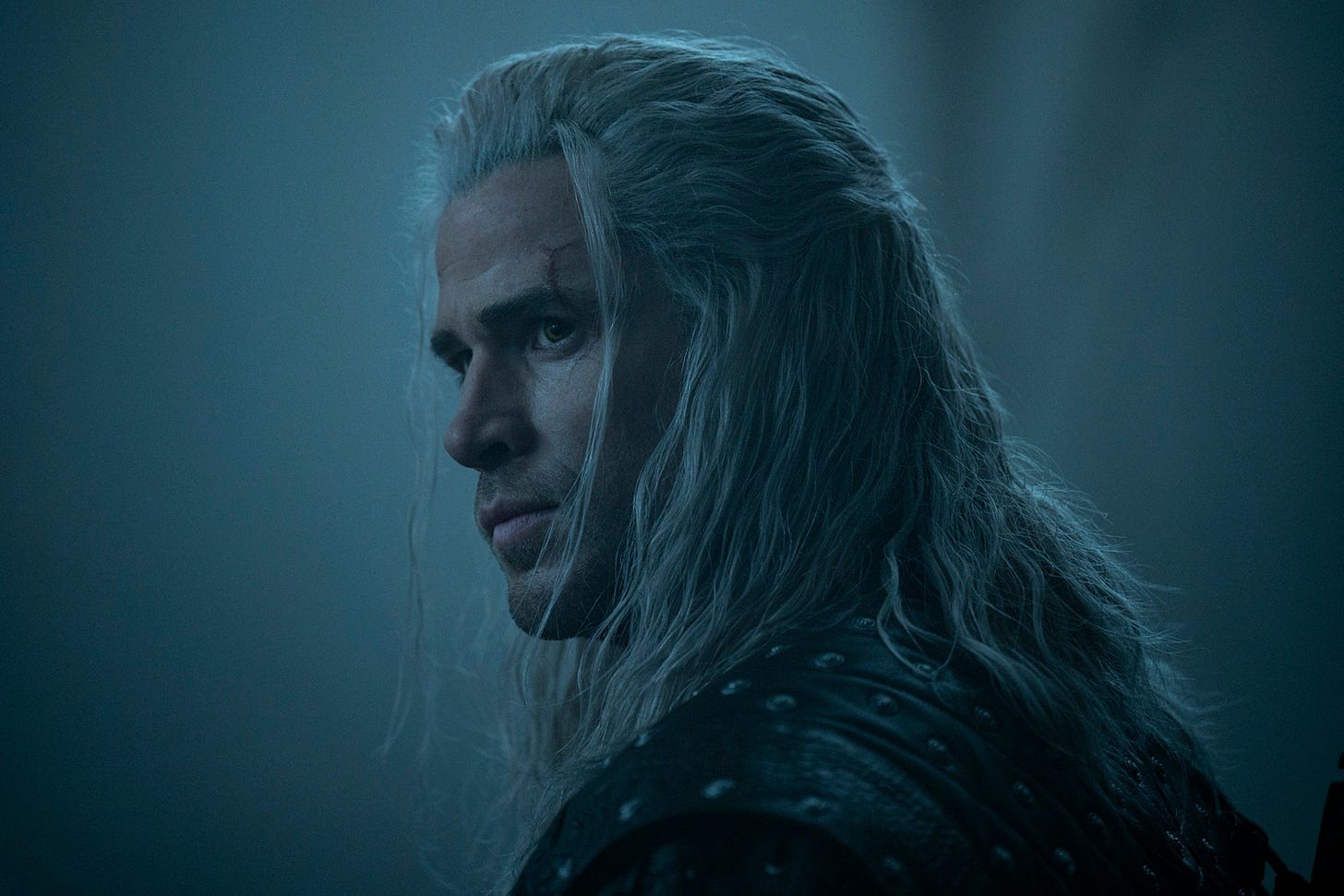
I just watched season 4. Nothing os happening - they go, they fight, they dye. I liked Liam Hemsworth though